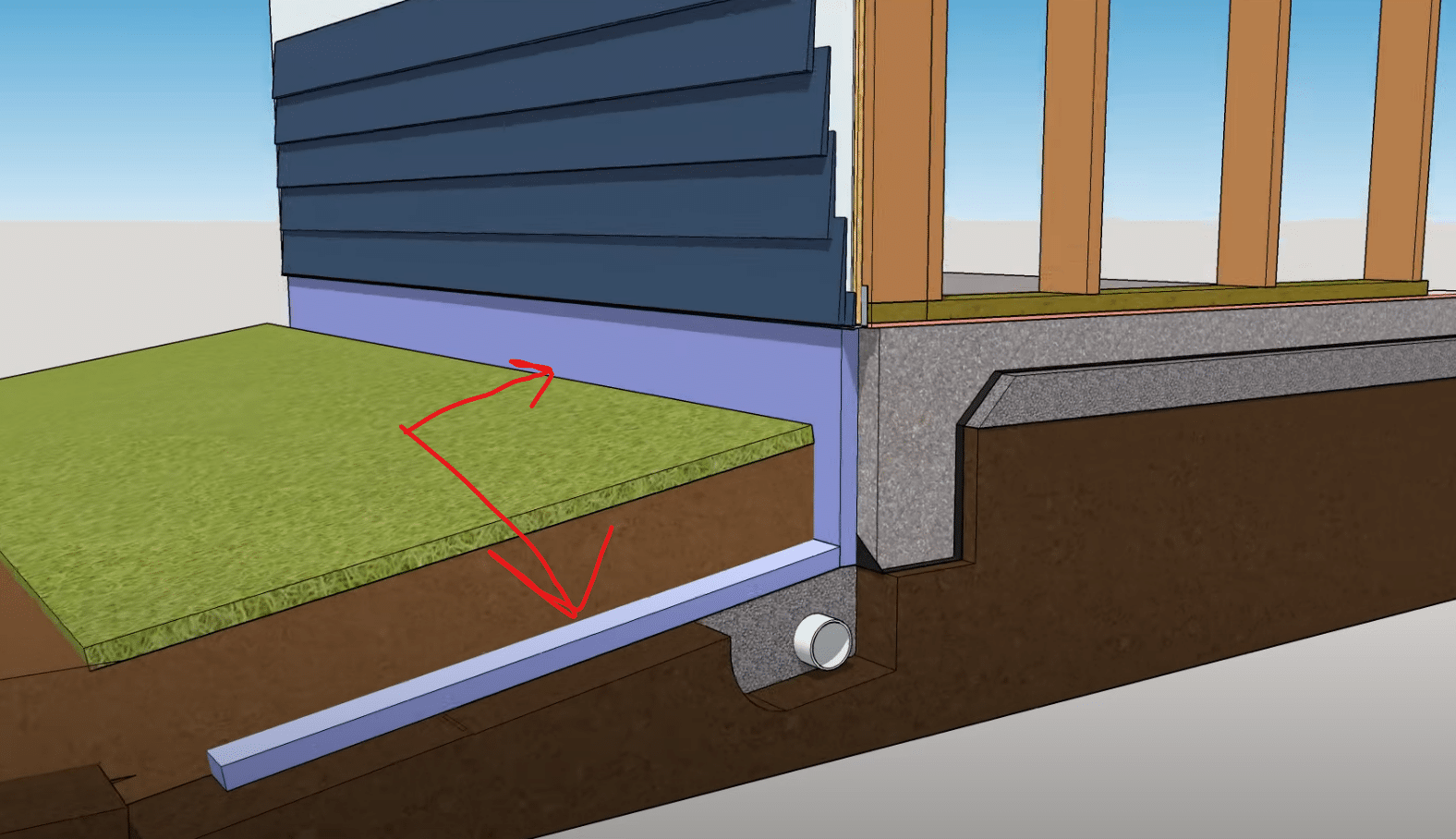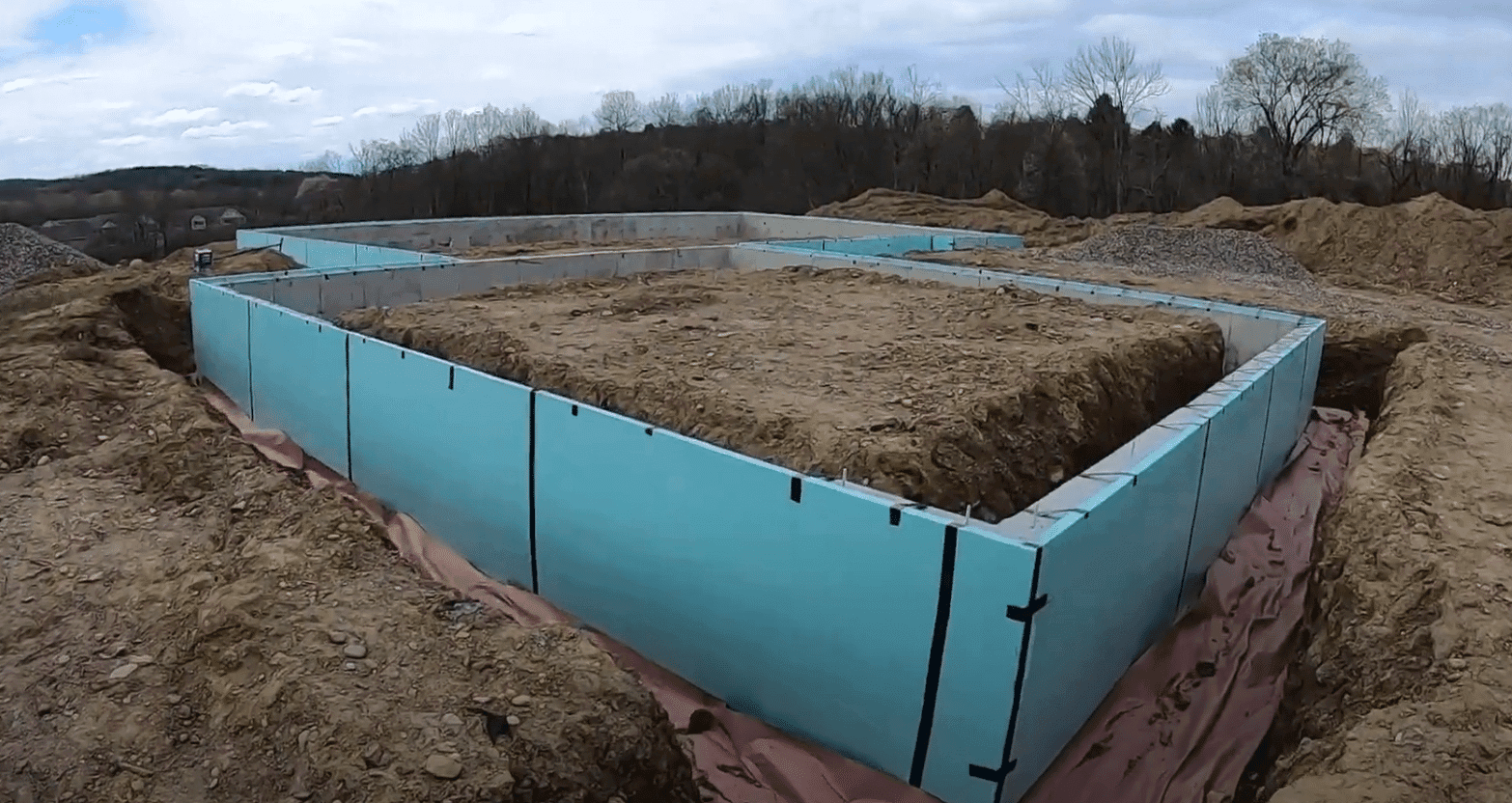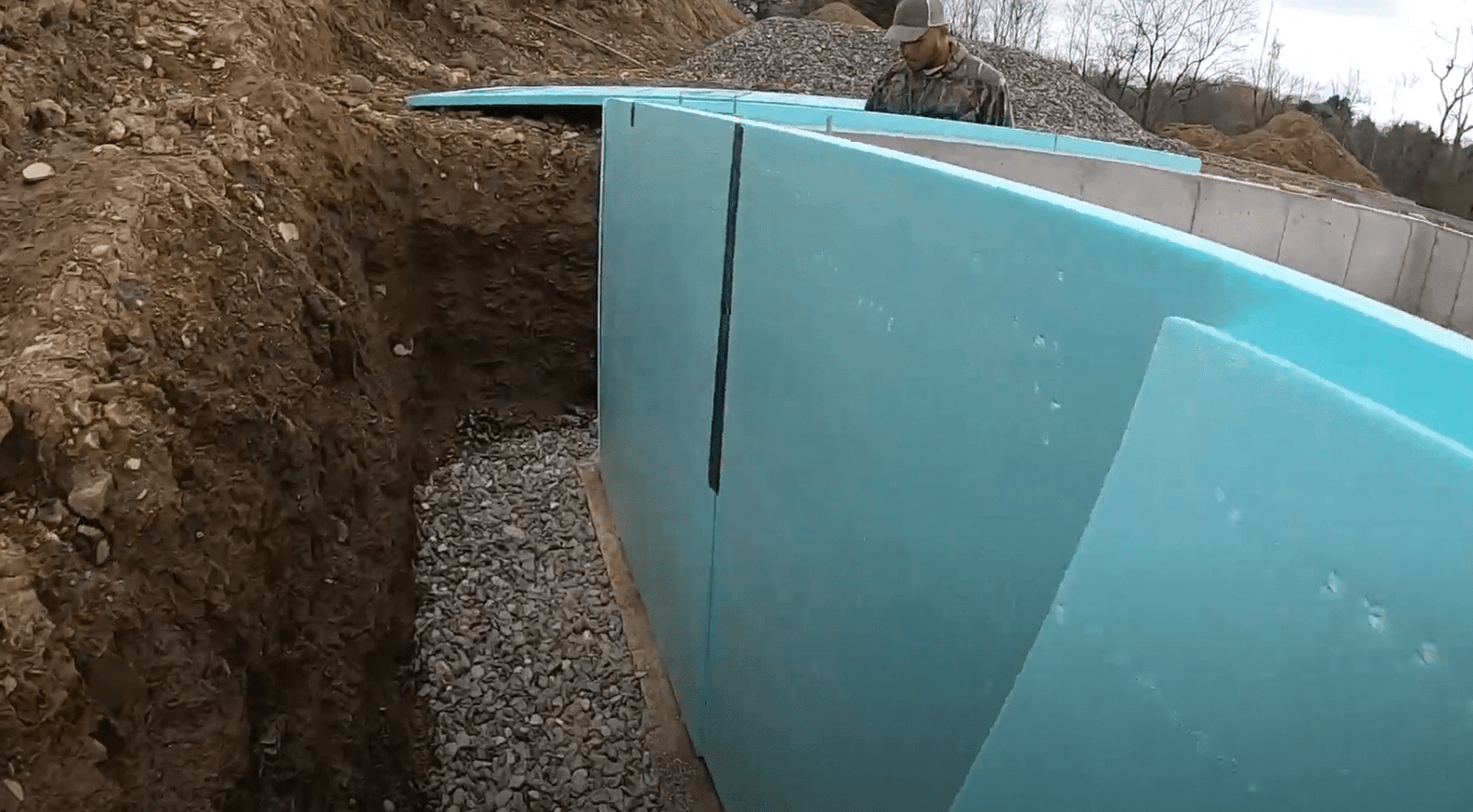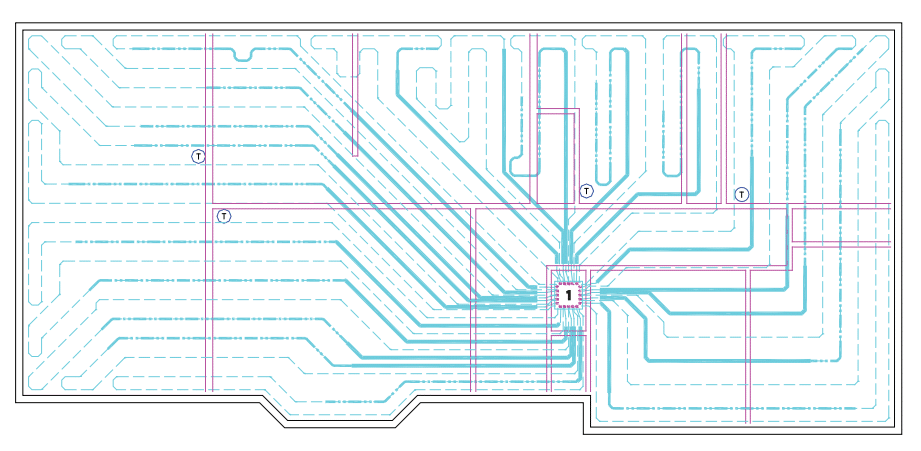Frost Protected Shallow Foundations: Ensuring Structural Integrity in Cold Climates


Charlie
Technical Writer
Charlie focuses on the technical aspects of home systems, from electrical wiring to HVAC efficiency. He breaks down complex building codes into actionable advice for every homeowner.
View Full Profile →
Frost protected shallow foundations (FPSFs) represent a significant advancement in building technology, offering a cost-effective and durable solution for construction in regions susceptible to freezing temperatures. Unlike traditional foundation methods that require digging below the frost line to prevent frost heave, FPSFs are designed to protect a structure from frost damage with less excavation, making them an appealing option for homeowners and builders alike. This article delves into the mechanics, benefits, and considerations of FPSFs, providing essential insights for those looking to understand how to safeguard their homes against the challenges posed by cold climates.

Understanding Frost Protected Shallow Foundations
What are FPSFs?
Frost protected shallow foundations are a type of building foundation that employs insulation materials to prevent the freezing of ground around the foundation, thereby eliminating or significantly reducing the risk of frost heave. By keeping the ground temperature around the foundation above freezing, FPSFs allow for shallower excavation depths compared to traditional foundations.
How Do They Work?
FPSFs work by insulating the sides and sometimes the bottom of the foundation, which traps heat from the ground and the building above. This insulation layer prevents the ground around the foundation from freezing, safeguarding the structure against frost heave and other cold-related damages.

Benefits of FPSFs
-
Cost Efficiency: Reduced excavation and material costs make FPSFs more affordable than traditional deep foundations.
-
Energy Efficiency: The insulation used in FPSFs helps reduce heat loss from the building, contributing to lower energy bills.
-
Environmental Impact: Less excavation means reduced disturbance to the site, preserving more of the natural landscape and reducing the carbon footprint of construction.
-
Speed of Construction: With less digging required, FPSFs can be constructed more quickly, allowing for a faster overall building process.
Installation Considerations
Choosing the Right Insulation Material
-
Extruded Polystyrene (XPS): Commonly used for its high compressive strength and moisture resistance.
-
Expanded Polystyrene (EPS): Offers a good balance between insulation performance and cost.
-
Polyisocyanurate (Polyiso): Known for its high R-value per inch, making it an efficient insulator, though less commonly used in FPSF applications.
Regional Suitability
FPSFs are particularly beneficial in cold climates where the frost line is deep, such as the northern United States, Canada, and Scandinavia. In these regions, traditional foundations would require significant excavation to reach below the frost line, increasing both the cost and complexity of construction.
Design and Implementation
Key Design Considerations
-
Soil Type: Understanding the soil composition is crucial as it affects the drainage and thermal properties relevant to the FPSF design.
-
Climate Data: Local climate conditions, including minimum winter temperatures and frost depth, must be taken into account.
-
Building Load: The weight of the building influences the design of the FPSF to ensure adequate support and insulation.
Implementation Steps
-
Site Evaluation: Conduct a thorough analysis of the building site, including soil and climate conditions.
-
Design Planning: Work with architects and engineers to develop a foundation plan that meets local building codes and is tailored to the specific needs of the structure.
-
Material Selection: Choose appropriate insulation materials based on the design requirements and environmental considerations.
-
Construction: Follow the FPSF design plan carefully, ensuring that insulation is properly installed and protected from moisture and physical damage.

Case Studies and Research
Numerous studies and real-world applications have demonstrated the effectiveness and efficiency of FPSFs. For example, research conducted by the National Association of Home Builders (NAHB) Research Center in the United States has shown that FPSFs can significantly reduce foundation costs while maintaining structural integrity and energy efficiency. Similar findings have been reported in Scandinavian countries, where FPSFs have been widely adopted due to their suitability for cold climates.
Styrofoam™ Brand Highload FPSF Insulation
Styrofoam™ Brand Highload Insulation, a product of Dow Chemical Company, is specifically engineered to meet the demands of heavy-load applications, including the protection of foundations in various construction projects. This extruded polystyrene (XPS) foam insulation is distinguished by its exceptional compressive strength, making it an ideal choice for use in frost protected shallow foundations (FPSFs) where durability and resistance against soil pressure and moisture are critical. Its high compressive strength allows it to support the weight of a building’s foundation and the soil above it without compromising its insulating properties, which is crucial for maintaining a consistent temperature around the foundation and preventing frost heave in cold climates.
The use of Styrofoam™ Brand Highload Insulation in protecting foundations is not just about its physical robustness. Its thermal performance is equally important. By providing a reliable thermal barrier, it helps to minimize heat loss through the foundation, contributing to the overall energy efficiency of buildings. This insulation is available in various grades, such as Highload 40, Highload 60, and Highload 100, each designed to withstand different levels of compressive forces, making it adaptable to a wide range of foundation protection needs. Moreover, its moisture resistance ensures that it retains its insulating properties over time, even in the damp environments often encountered below grade. This resistance to water absorption not only protects the foundation from the risks associated with freeze-thaw cycles but also contributes to the longevity of the insulation material itself.
Incorporating Styrofoam™ Brand Highload Insulation into the construction of FPSFs provides builders and homeowners with a solution that balances structural integrity with energy efficiency. Its ease of installation, coupled with its adaptability to various load-bearing and climatic conditions, makes it a preferred choice for foundation projects aimed at achieving long-term durability and sustainability. By utilizing this specialized insulation material, construction projects benefit from an enhanced foundation protection system that effectively guards against the challenges posed by cold climates while contributing to the overall energy performance of the building.

Radiant Heating for Frost Protected Shallow Foundations
The GEO-Slab Foundation (GSF) is a unified slab-on-grade and foundation system that merges the benefits of monolithic concrete slabs with advanced foundation techniques. Originally developed for Frost Protected Shallow Foundations (FPSF), it is now widely adopted in energy-efficient and sustainable construction practices.
This system is versatile, supporting three types of buildings:
-
Unheated structures utilizing geothermal warmth.
-
Heated buildings with unheated slabs, relying on conventional HVAC systems.
-
Buildings with heated slabs, featuring in-floor radiant heating through hydronic or electric systems.
Legalett’s GEO-Slab integrates reinforced and non-reinforced concrete with structural Expanded Polystyrene (EPS) insulation, creating a composite design. This blend of materials provides high strength, superior insulation, versatility, ease of installation, affordability, and sustainability.
The GEO-Slab system by Legalett presents an eco-friendly and cost-efficient solution, streamlining foundation design, minimizing excavation, and reducing carbon emissions during construction and operation. It requires minimal excavation, a single concrete pour, reduced supplementary footing drainage, and eliminates the need for sump pumps.
The Legalett Air-Heated ICF GEO-Slab Foundation introduces an innovative approach by incorporating pipes within the slab, circulating warm air through a heating unit and fan system. This method heats the entire floor/foundation efficiently, offering a simple, safe, and economical heating solution. It is the sole ICF Frost Protected Shallow Foundation system in North America that ensures warm floors free from moisture and mildew.
Furthermore, the Legalett Air-Heated Radiant Floor System uses air as a heating medium to ensure an even, comfortable, and healthy indoor climate, eliminating drafts and energy wastage. This natural heating method ensures warm floors provide even heat distribution, making for a comfortable indoor environment without the cold spots typical of traditional radiators or baseboard heaters.
Legalett’s innovative slab-on-grade design, including their high-performance insulated foundations and floor slabs using ICF, coupled with the efficient air-heated radiant floor system, simplifies the construction of energy-saving buildings with heated Frost Protected Shallow Foundations.

FPSF Solves Many Problems in Cold Climates
Frost protected shallow foundations offer a modern solution to the age-old problem of building in cold climates. By leveraging advanced insulation materials and strategic design, FPSFs provide an efficient, cost-effective, and environmentally friendly foundation option that meets the needs of today’s homeowners. Whether you’re planning a new construction project or considering renovations, understanding the benefits and considerations of FPSFs is essential for ensuring the longevity and sustainability of your home in a cold climate.
As the building industry continues to evolve, FPSFs stand out as a testament to the importance of innovative approaches to construction that meet the challenges of diverse environments. By choosing FPSFs, homeowners can enjoy the peace of mind that comes with a foundation designed to withstand the rigors of freezing temperatures, ensuring the stability and comfort of their homes for years to come.